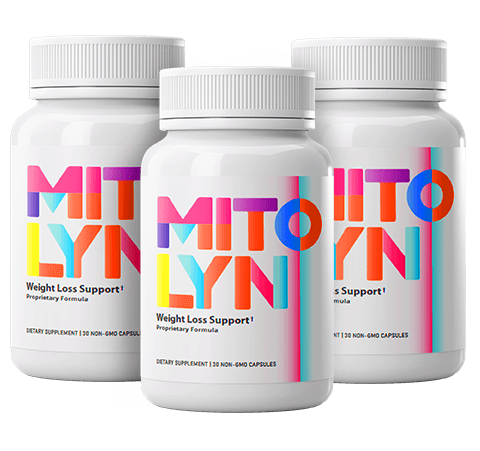The Ultimate Guide to Paleo Diet: Achieving Optimal Health and Weight Loss through Ancient Nutrition
Are you looking to improve your health, lose weight, and feel great? The Paleo diet may be the answer you’ve been searching for. This ancient way of eating focuses on foods that our ancestors would have consumed, such as lean meats, fish, fruits, vegetables, nuts, and seeds. By following a Paleo diet, you can achieve optimal health and weight loss through the power of ancient nutrition.
What is the Paleo Diet?
The Paleo diet, also known as the Paleolithic diet or caveman diet, is based on the idea that our bodies are best suited to the foods that our ancestors ate during the Paleolithic era. This means avoiding processed foods, grains, dairy, and sugar, and instead focusing on whole, nutrient-dense foods that are high in protein, healthy fats, and fiber.
Benefits of the Paleo Diet
There are many benefits to following a Paleo diet, including weight loss, improved digestion, increased energy levels, and better overall health. By eliminating processed foods and focusing on whole, natural foods, you can reduce inflammation in the body, stabilize blood sugar levels, and improve your immune system.
How to Follow the Paleo Diet
Following a Paleo diet is simple once you understand the basic principles. Here are some tips to help you get started:
- Focus on whole, natural foods such as lean meats, fish, fruits, vegetables, nuts, and seeds.
- Avoid processed foods, grains, dairy, and sugar.
- Drink plenty of water and herbal teas.
- Include healthy fats such as avocado, coconut oil, and olive oil in your diet.
- Limit alcohol consumption and avoid sugary beverages.
- Listen to your body and eat when you’re hungry, stop when you’re full.
Sample Paleo Meal Plan
Here’s a sample meal plan to give you an idea of what a day on the Paleo diet might look like:
Breakfast:
Scrambled eggs with spinach and avocado
Lunch:
Grilled chicken salad with mixed greens, cherry tomatoes, and balsamic vinaigrette
Snack:
Carrot sticks with almond butter
Dinner:
Grilled salmon with roasted Brussels sprouts and sweet potatoes
Common Questions about the Paleo Diet
Is the Paleo diet sustainable long term?
Yes, the Paleo diet is sustainable long term as long as you make sure to get a variety of nutrients from different food sources. It’s important to listen to your body and make adjustments as needed.
Can I eat dairy on the Paleo diet?
Dairy is not typically allowed on the Paleo diet, as it was not consumed by our ancestors during the Paleolithic era. However, some people choose to include small amounts of high-quality, grass-fed dairy in their diet.
Will I lose weight on the Paleo diet?
Many people experience weight loss on the Paleo diet due to the focus on whole, natural foods and the elimination of processed foods and sugar. However, individual results may vary.
Conclusion
The Paleo diet offers a simple and effective way to achieve optimal health and weight loss through the power of ancient nutrition. By focusing on whole, natural foods and eliminating processed foods and sugar, you can reduce inflammation in the body, stabilize blood sugar levels, and improve your overall health. If you’re looking to improve your health, lose weight, and feel great, give the Paleo diet a try and experience the benefits for yourself.
Remember, it’s important to listen to your body and make adjustments as needed to ensure that you’re getting all the nutrients you need. With the right approach, you can achieve optimal health and weight loss through the Paleo diet.
So why wait? Start your Paleo journey today and take control of your health and well-being through the power of ancient nutrition.










